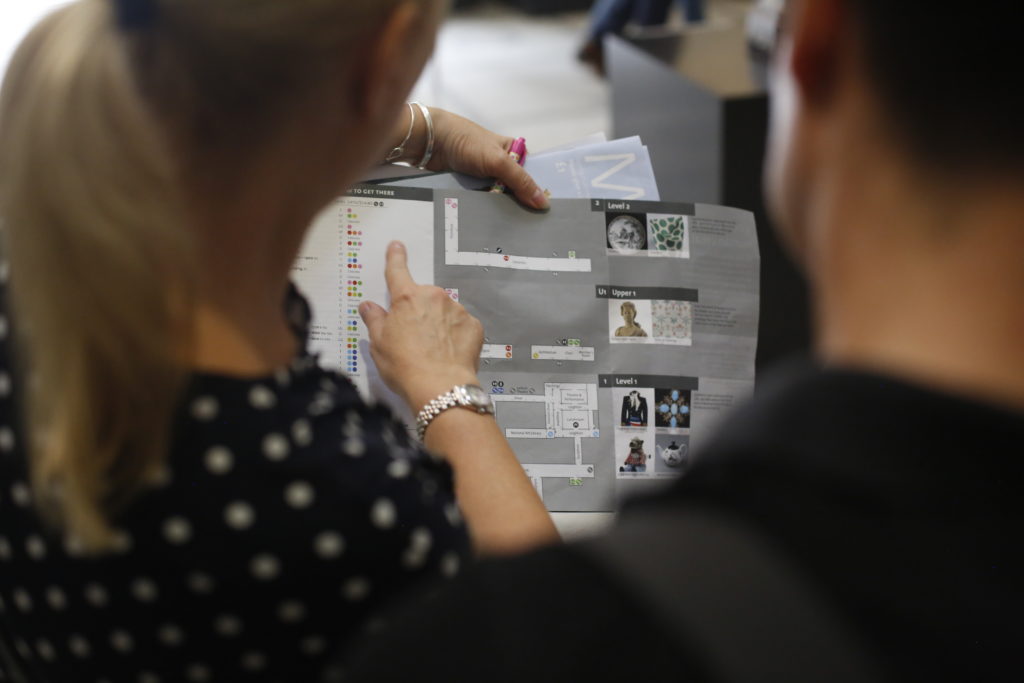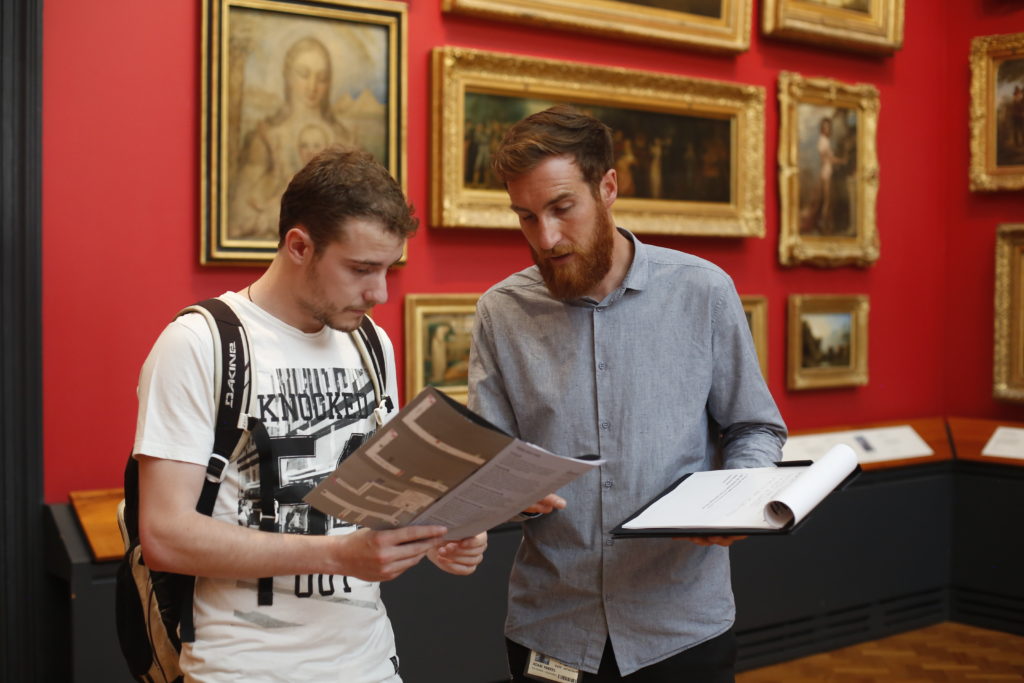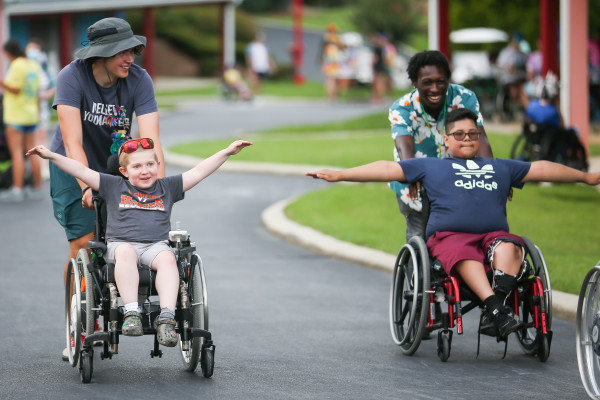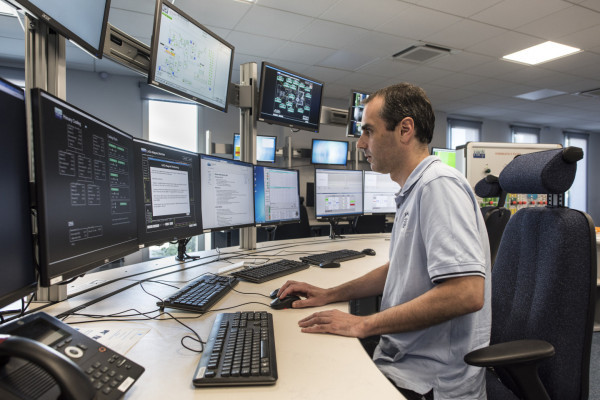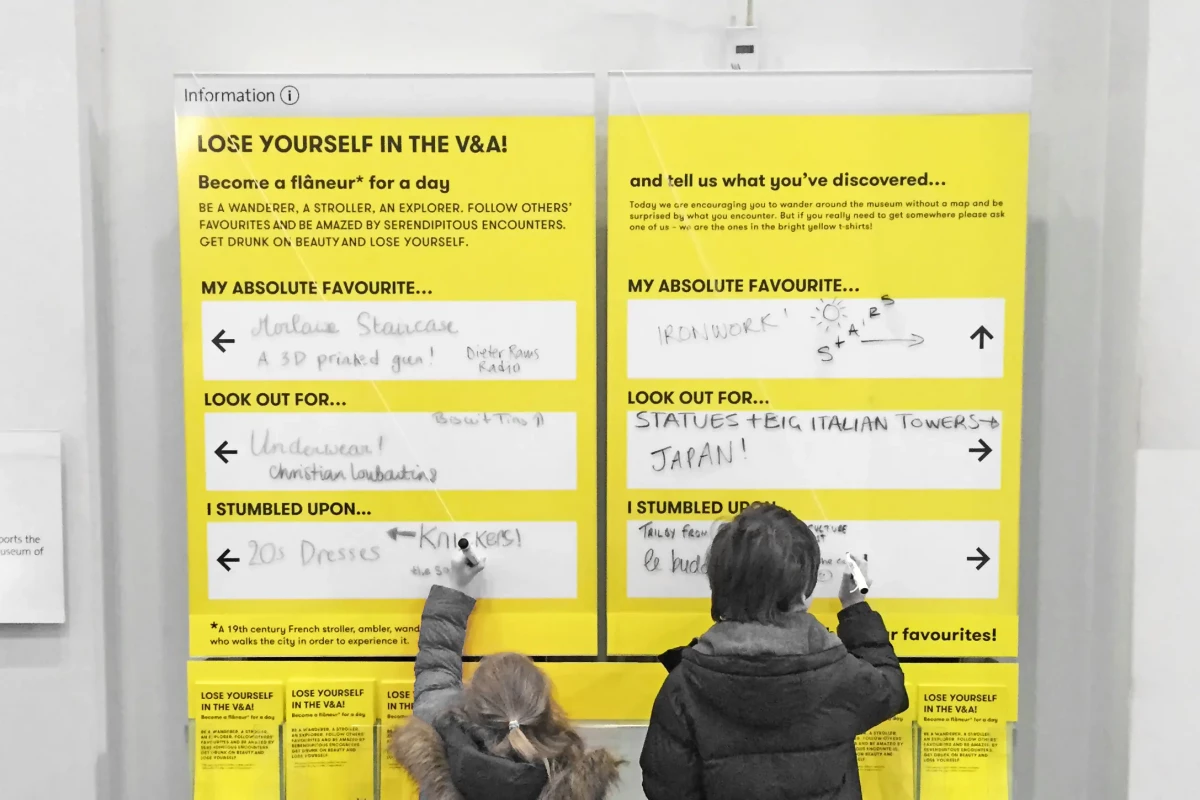
Victoria & Albert Museum
Guiding visitors through museum spaces with behavioural research and wayfinding
Our research helped us understand spaces in the museum that weren’t being found, and where the architecture was confusing to visitors. It also highlighted what visitors loved about the museum, and where the museum could work harder to gain visitors’ attention.
Our Task
The V&A appointed Mima to undertake an in-depth programme of action research to better understand how different visitors and staff see, interact with and understand the building.
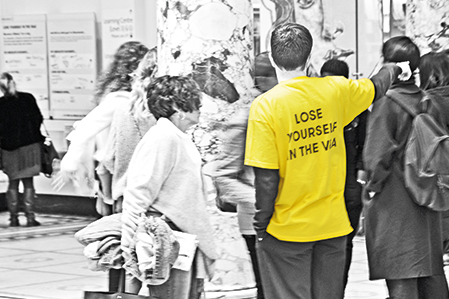
Our Solution
To discover what enticed the V&A’s visitors to explore the museum, we ran several days of on-site immersive research involving staff and visitors throughout. We used a variety of traditional and creative action research techniques based on the specific aims of the brief.
Traditional techniques were based on listening, observing, shadowing and conversational Q&As with visitors and staff. The action research techniques were more provocative interventions that led to opening up new conversations about visitor needs. We submitted a range of insights and recommendations to the V&A which shed light on previously unknown visitor behaviours and navigation in the museum.
